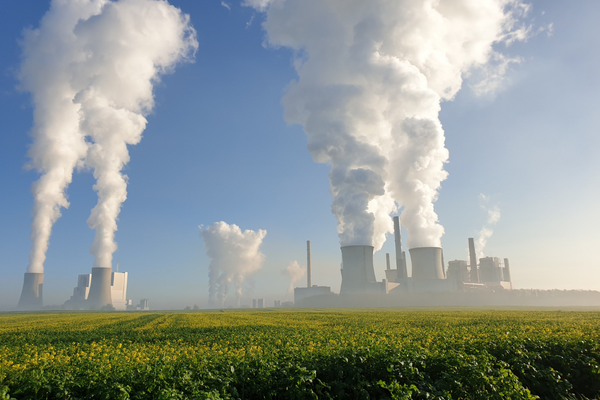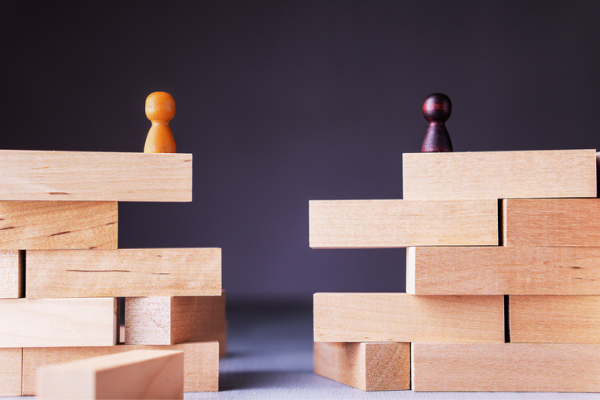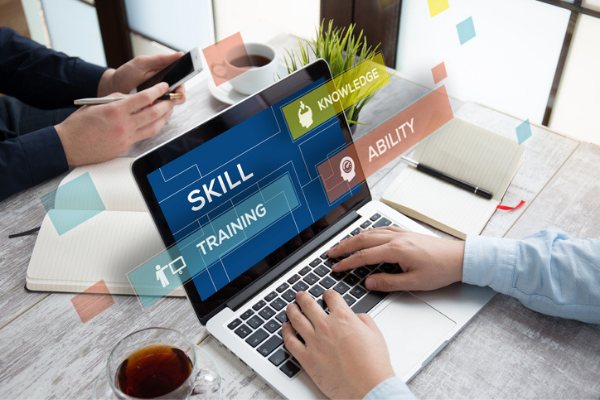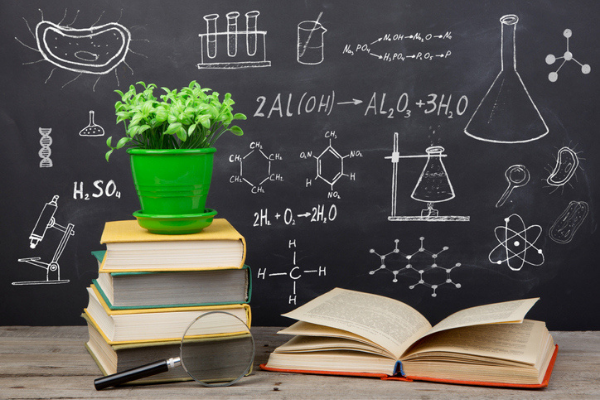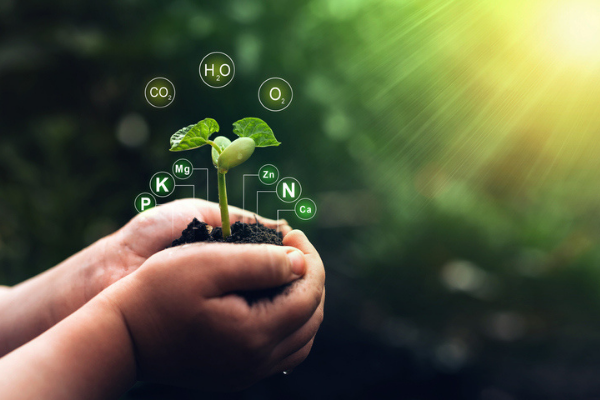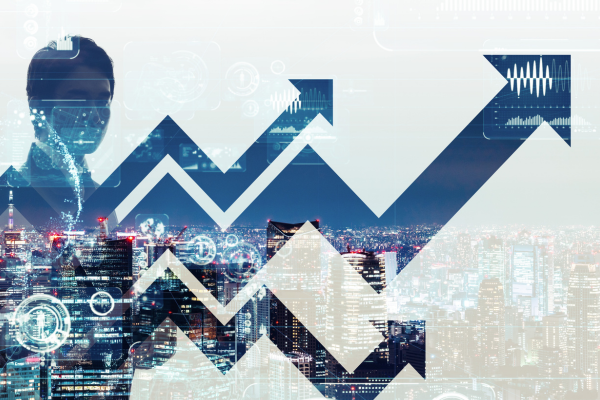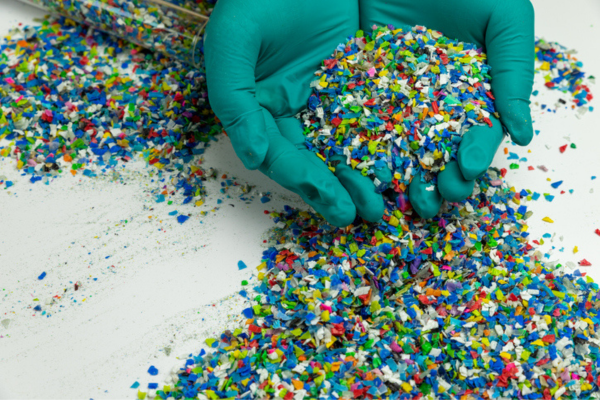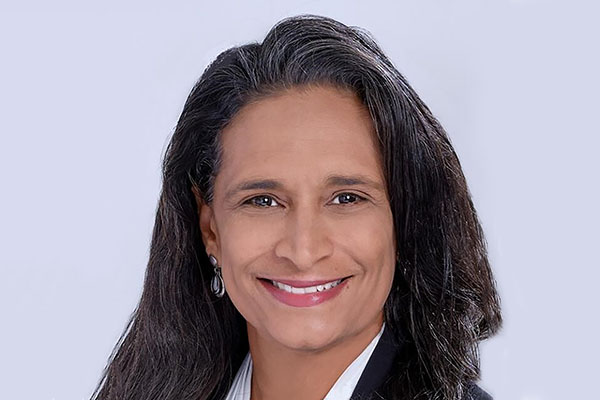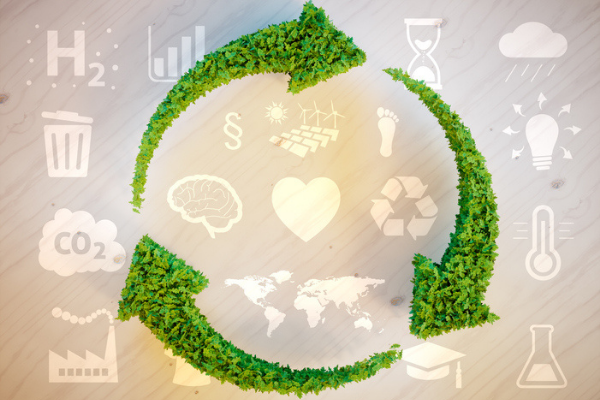
Key Takeaways:
- Robert Reiter shares what he’s learned from the pandemic
- How collaboration has been the key to maintaining “together time” in a remote world
- The metaphorical “one that got away”
From a leadership perspective, what is the most significant insight you can share in terms of what you have learned during the pandemic?
One thing I think most people are realizing, given the nature of the pandemic, is how much we took in-person teamwork for granted. It’s hard to overstate the importance of communication when it comes to running a team or any type of leadership, so the pandemic has helped us hone and refine the ways in which we communicate and has encouraged us to be really thoughtful about working collaboratively, despite the isolation of this year.
On a more technical level, the virus has presented new challenges related to employee safety. That’s another thing I’ve been thinking a lot about this year: How can I ensure the safety of a team of 7,000 scientists and R&D employees spread across 50 countries?
In a Bayer video, you said, “What’s exciting to me is … seeing people get together, and work together, and solve problems together … it’s really cool stuff.” How has the pandemic impacted the ability of your teams to share in this important ‘together’ time?
Collaboration is key to everything that we do here at Bayer. It’s crucial to finding the solutions we need to solve the problems that our planet is facing. While the pandemic has altered our sense of “together time,” our high levels of collaboration have prevailed, thanks to the acceleration of our adoption of digital tools to do our work.
We’ve been able to take advantage of this digital sphere not only to continue working collaboratively, but to help push all of agriculture forward. Even as many members of our global R&D team were pulled away from labs and into remote work, we continued to further research initiatives that will hopefully play a key role in shaping the future of agriculture.
In that same video, you said, “I should have realized I was going to be a scientist at a really young age.” Would you please elaborate on that?
I think my inclination to science was obvious to many of the adults in my life before it was to me. I was immensely curious from a very young age. How many five-year-olds do you know who read the encyclopaedia for fun? Even from that age, I was always seeking out whatever was cool and new, and science really sparked that curiosity.
I think the best example of this was my 6th grade science fair: I decided I wanted to demonstrate cellular respiration at the molecular level, with Styrofoam balls and toothpicks that could come apart to show the cell bonds breaking and forming. I’m sure the science teachers that were judging had a hard time believing that, not only had I made this model on my own, but I understood it enough to explain it.
You started with Bayer in August 2018. What was the biggest leadership challenge you confronted that summer as Bayer and Monsanto were becoming one company?
I’d say the biggest challenge, but also the greater opportunity, in this merger was overseeing a seamless integration of our two pipelines and R&D platforms. It gave us a great chance to map out a clear path forward and give a vision for the R&D organization. It definitely showed us the power and potential of our combined portfolio, which was incredibly exciting, even if a little daunting at the time.
Speaking of leadership, how has your family influenced your leadership style?
I credit a lot of my empathetic nature to my family. My parents both immigrated from Europe to Canada, and they managed to build a good life for themselves and for me from when I was very little. They fled World War II, and my grandfather went missing in a labor camp, so hearing the stories of their struggles and heartbreaks gave me a lot of empathy for the human experience.
I try to weave in this sense of empathy throughout my work, especially as a leader. Empathy is key for connection. With such highly collaborative work, it’s crucial to have a baseline level of empathy and respect for one another. I try to be that example for my team.
Talk about the metaphorical “one that got away”. Is there a project that eluded you? Why? And if you could return to it, what would you do differently?
Several years ago, I led an effort to acquire a startup company in the human genetics space. I felt that their capabilities in data science would help to accelerate our efforts in agriculture and could give our company a potential future position in human healthcare, which was not part of our scope at the time. We ended up not doing the deal because of reputational concerns.
The startup was subsequently acquired by a group of investors and sold 3 years later for roughly 20 times the acquisition cost. This was obviously a great deal financially, but it was possibly a missed opportunity that could have shifted our strategy significantly. In retrospect, I learned a good lesson. If the fundamentals of a project or deal make sense, we can and should work harder to address the concern of stakeholders.
With respect to your company scientists, what non-technical skills do you most highly value?
Given the collaborative nature of our work and the extra challenges we face in the digital sphere, I’ve come to really value openness and a strong sense of resilience in my team. So much of science is finding roadblocks and then figuring out how to overcome them. It takes someone who is personally driven, open to trying new things, and willing to take those roadblocks head on to find success in the field and the lab. In addition, curiosity is key. You always have to be thinking about what’s to come and be invested and engaged enough to seek our new answers and new solutions.
What technology trends are you following most closely, with an eye toward how they may impact the work of your scientists, and Bayer’s future growth?
One that really captures me is the acceleration of digital transformation and Artificial Intelligence. The heart of what we do here in the R&D department is aim to help customers be more successful in their harvests, and digital capabilities have come to be essential in realizing that goal.
Using data on the farm is still so new, and we have the chance to combine various platforms into solutions that fit each customer on an individual basis. Through the innovations in the digital realm, we’re helping our customers farm square meter by square meter in a way that helps them optimize the potential for our seeds and crop protection products.
You have spoken often about the opportunity for farmers to more effectively use globally-produced data to make better local decisions on what to plant, and how much to grow. What’s preventing them from taking full advantage of this opportunity?
Farmers know that outcomes vary field to field and season to season, while having relied on their own on-farm experience to make decisions. We need to make sure that these data-driven decisions work locally and create value for farmers. I think personal technology has a lot of unrealized potential globally and specifically among smallholder farmers. A lot of these tools like cell phones are already at their disposal, but they’re not being used to supplement work that goes on within these farms.
We’ve made an effort to invest in technologies that bring data much closer to these independent farmers. One example of this is an application called FarmRise. They help make market insights, weather forecasts and free agronomic advice more easily accessible to people with cellphones. Leveraging existing technologies like this is a key part of the solution to help minimize agriculture’s environmental impact: smallholder farmers produce 80% of the world’s food, so encouraging them to use their technology to help with harvests can have a significant impact on the planet. This is part of our commitment to empowering 500M smallholder farmers by 2030.
Paint a picture of where digitalization will be in 5 years. What things, in the area of crop science, will we be taking for granted that we can’t do today?
Every seed planted in the ground is an investment. It’s an investment in the ground and the soil, in proper weather, in adequate water access, and in the seed itself. It’s a careful risk-to-benefit analysis, and farmers rely on harvest for their livelihood, so these are big investment decisions.
Digital innovation at Bayer Crop Science is, in many ways, designed with them in mind. We’re aiming to mitigate that risk-to-benefit ratio and ensure that independent farmers have the resources to maximize their harvest. The benefit is the technology allows us to do this, while reducing its impact on the earth. Digitalization gives farmers a level of detail and knowledge regarding their own fields, soils, weather, etc. to help solve growing problems efficiently with much greater precision.
All farming possesses an inherent risk, and using these tools helps us farm more sustainably, in terms of both environmental resources and finances. In five years, I expect digitally enhanced offerings and financial recognition for sustainable farming practices to move from pilot scale.
What do you view as Bayer’s most consequential sustainability issue? And what is Bayer doing to address it?
The agricultural world really has an opportunity to be a key player in reducing the effects of global warming. As a leader in the field, we’re in the unique position of being able to pave the way for sustainable agriculture and environmentally conscious practices. That’s why we’re committed to reducing Crop Science’s carbon footprint by 30% by 2030.
The world’s population is growing rapidly; it’s estimated to be 9.7 billion by 2050. That’s 9.7 billion people who will still need to eat, will still rely on agriculture to live. So, we have to find a way to scale up production, find ways to feed this growing population, without increasing, and in fact, reducing, our impact on the Earth. It’s really the only choice that we have.
And there’s a much deeper consumer interest in how crops are being grown: consumers want to know that their food is being grown sustainably. One of our more exciting projects is our carbon farming initiative, which not only looks to positively shift agriculture’s carbon impact but also creates financial recognition for farmers that participate.
While not widely known, ACS has a time machine. We’re going to bring back Gregor Mendel so he can work with Bayer Crop Science. Where, in your group, will you put him to work, and what will you want him to accomplish?
As the father of modern genetics, it would only make sense for him to join our plant breeding organization – that is, after I’m done with my excited introductions. With our advanced data, analytics, and technology at his fingertips, I can only imagine what he would be able to accomplish.
You grew up in western Canada, lived in the United States, and now work in Germany. ACS will purchase tickets for you to one of the following, but only one. Which shall it be? The Stanley Cup Finals, the Super Bowl, the World Cup, or the Winter Olympics?
As an overall sports enthusiast, this is such a hard one to answer. Collegiate sports are my passion area – I’m a die-hard Penn State fan. But if I had to choose, I’d lean into my Canadian roots and go with the Stanley Cup Finals.
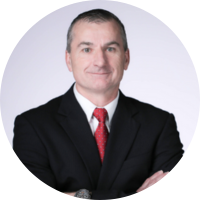
Robert (Bob) Reiter serves as a member of the Executive Leadership Team and Head of Research & Development (R&D), Crop Science division of Bayer. Based in Monheim, Germany, Reiter oversees the crop science research and development pipeline, leading thousands of scientists in the creation of world-class agricultural solutions with the goal of providing healthy food to a hungry planet.
Previously, Reiter was the Global Vice President of Research & Development Integration Strategy at Monsanto. Having held various leadership roles across Research and Development as well as in Supply Chain, Reiter has nearly 30 years of experience in discovering, developing and delivering innovative R&D solutions in crop science.
He holds a Master of Science and a Doctorate in Plant Breeding and Plant Genetics from the University of Wisconsin-Madison, as well as a Bachelor of Science in Horticulture from The Pennsylvania State University.
Reiter grew up in western Canada before moving to the United States and, most recently, Germany. He is an advisor to Washington University’s McDonnell International Scholars Academy program and serves on the United Way 2020 Vision Leadership Team. Since 2012, Reiter has served as the Chairman of the Board of Visitors, an advisory board to the Dean of the University of Wisconsin-Madison’s College of Agriculture and Life Science.
Follow Bob on LinkedIn.
This article has been edited for length and clarity. The opinions expressed in this article are the author's own and do not necessarily reflect the view of their employer or the American Chemical Society.
Copyright 2022 American Chemical Society (All Rights Reserved)

